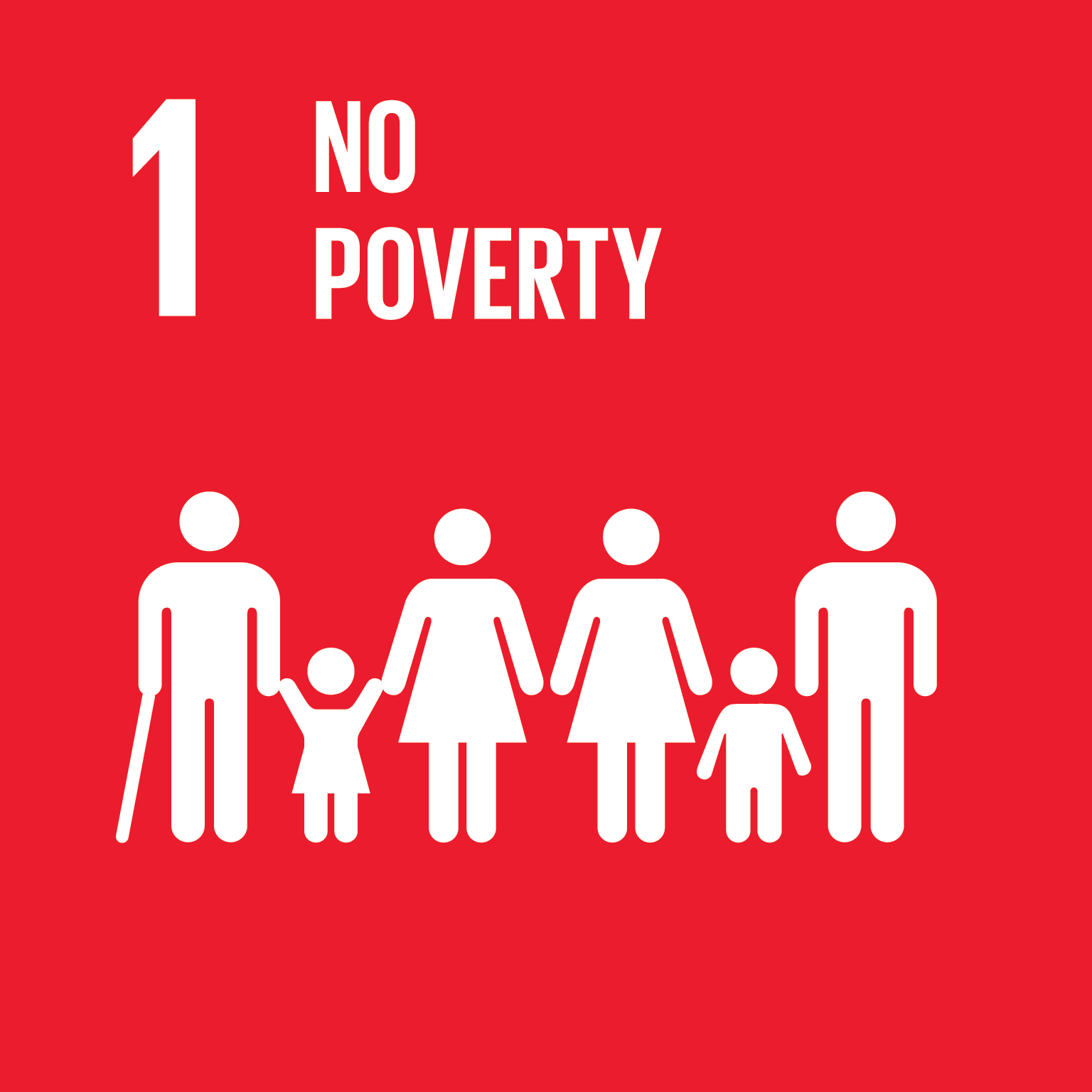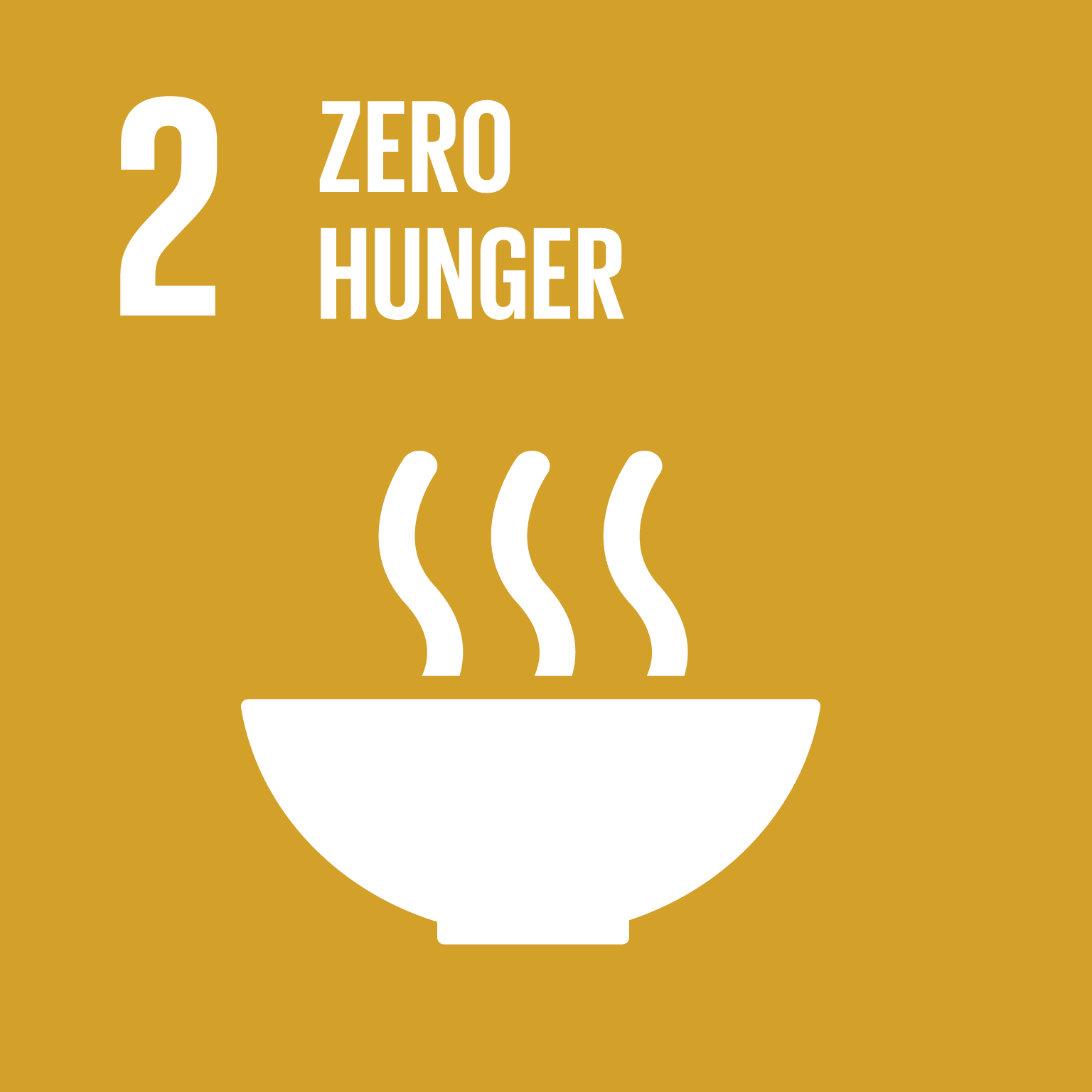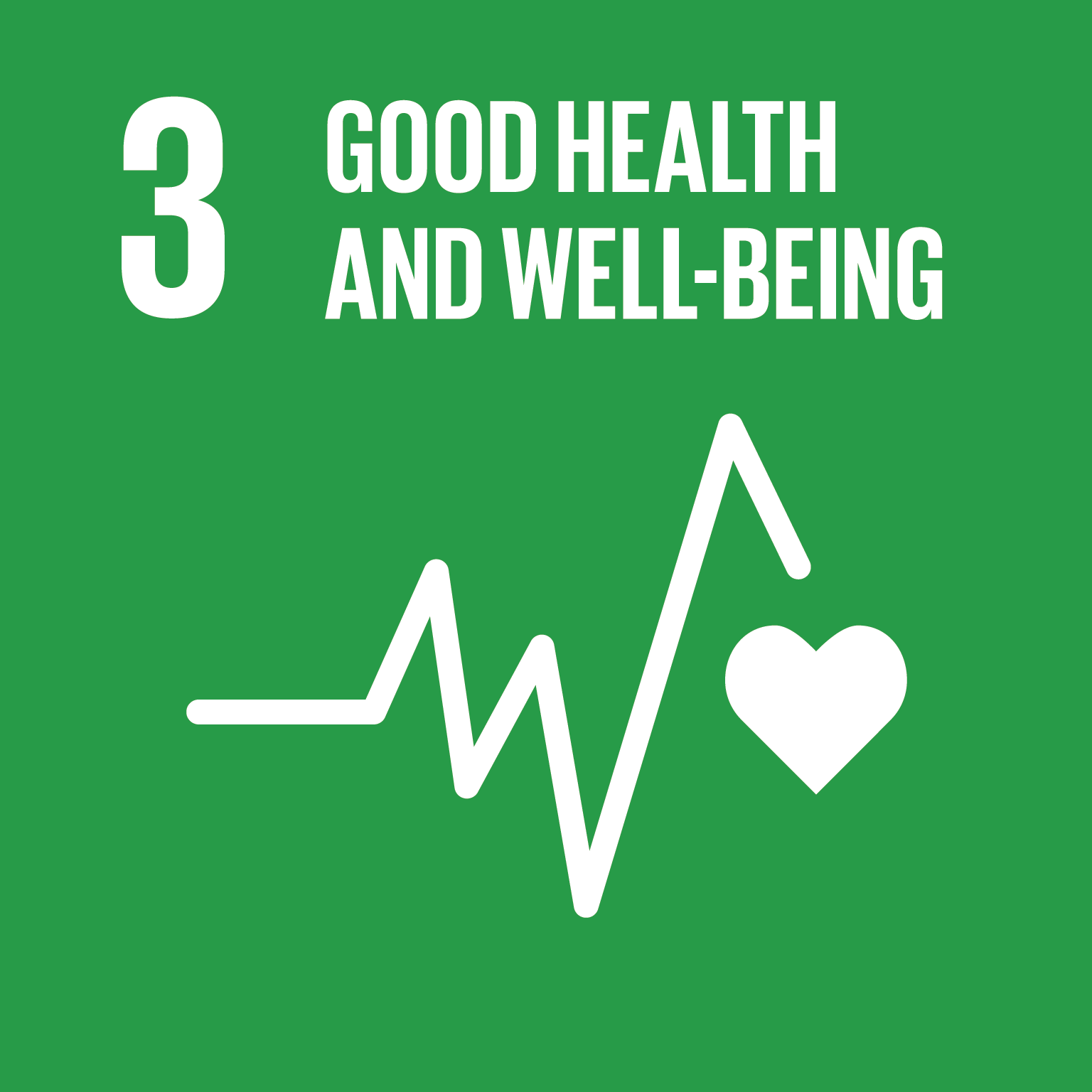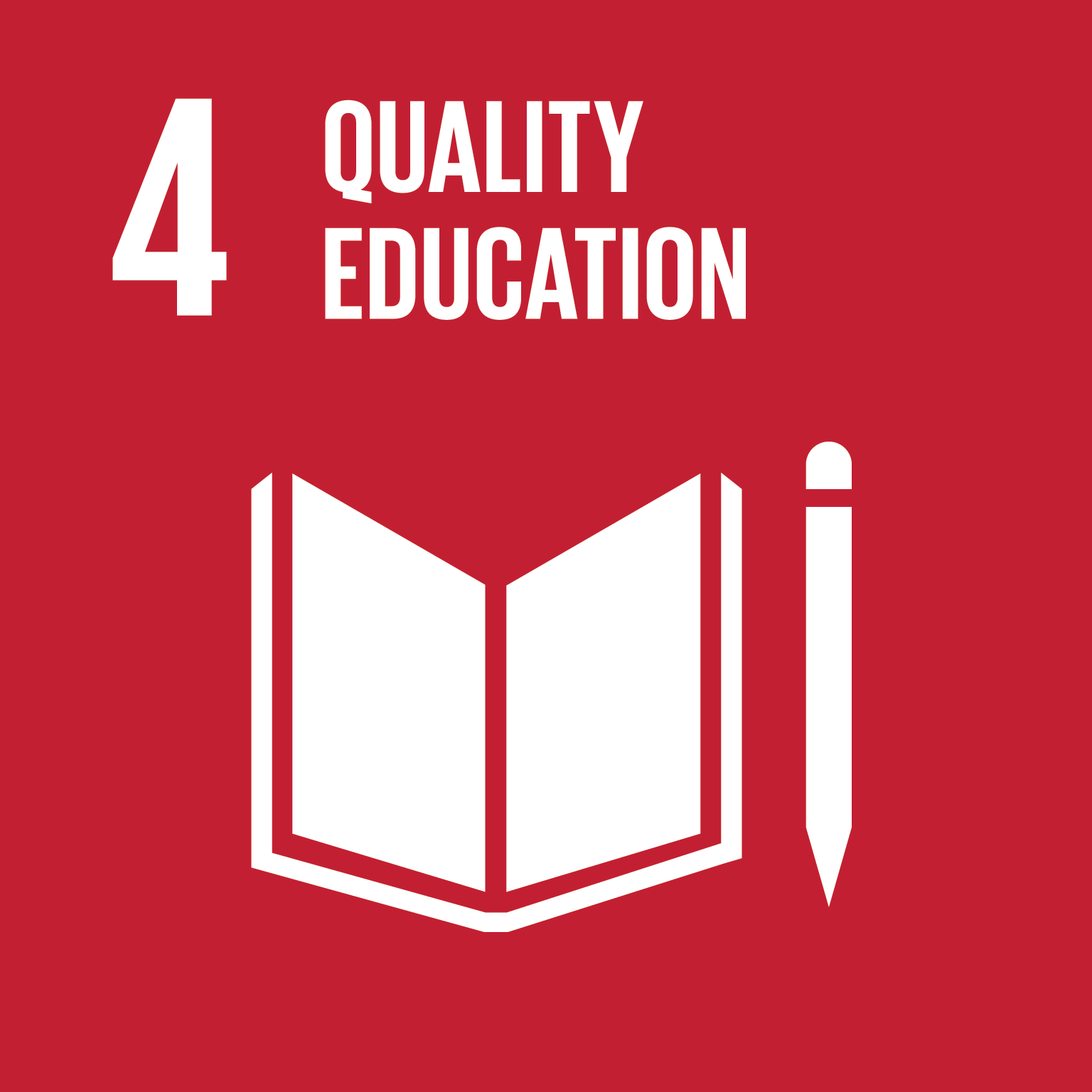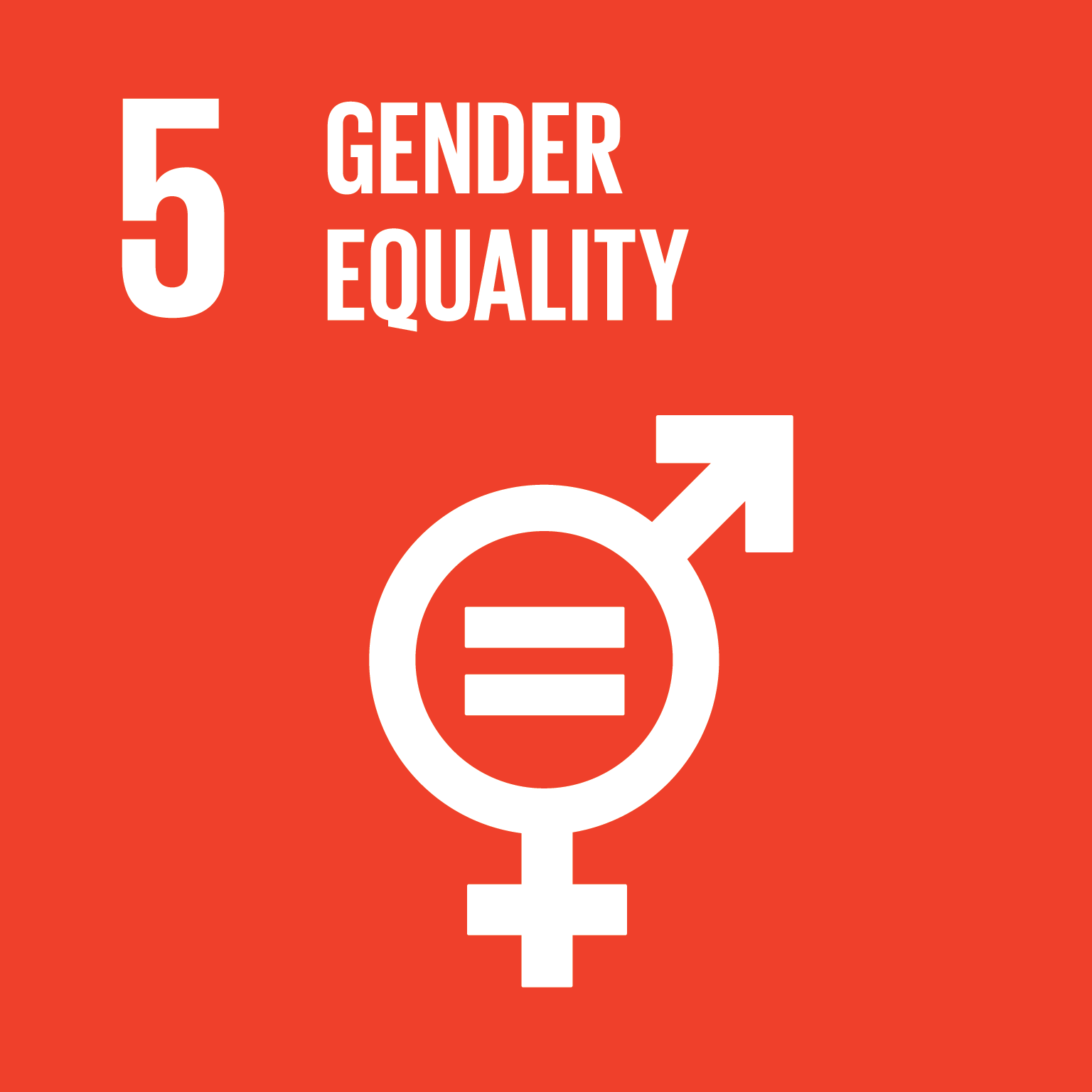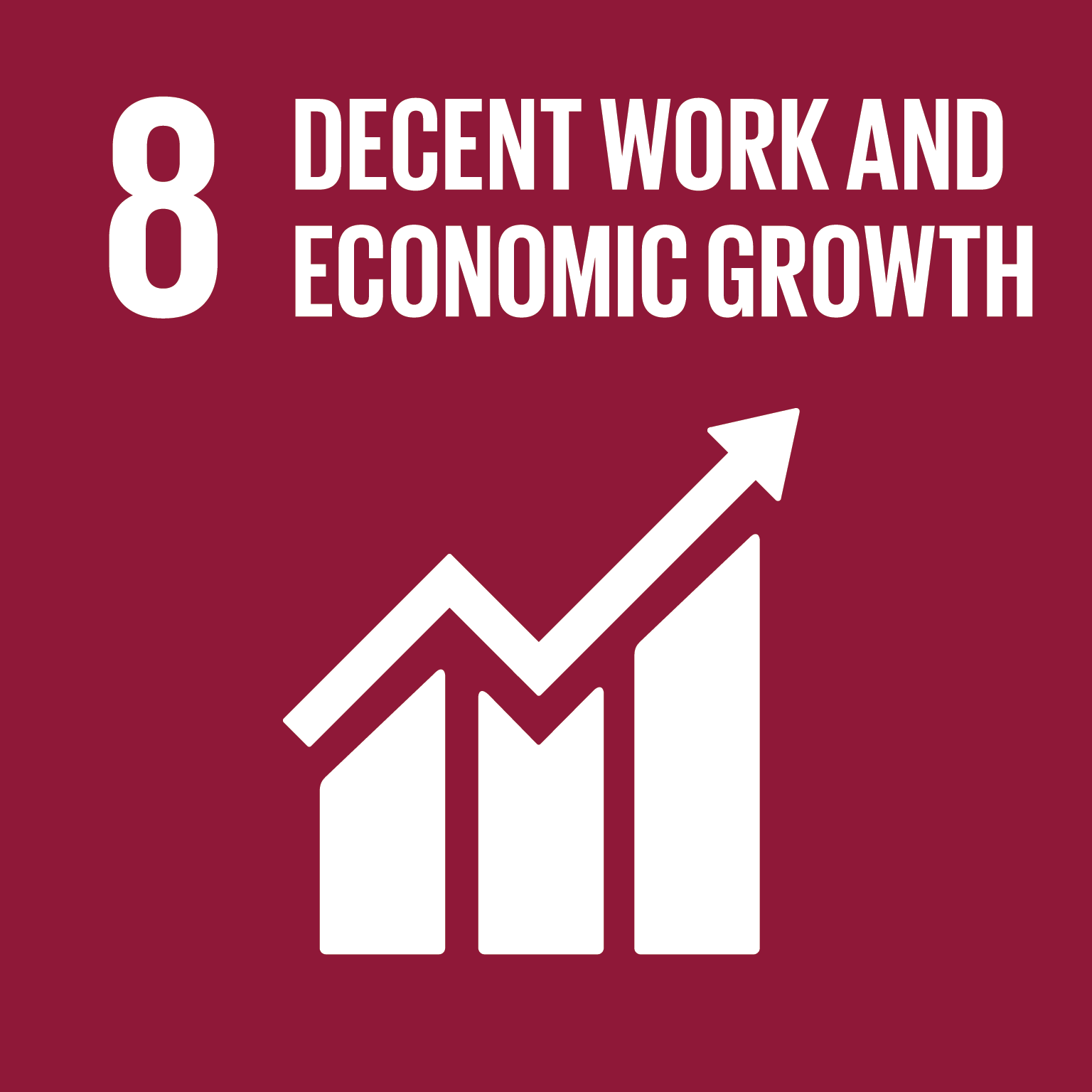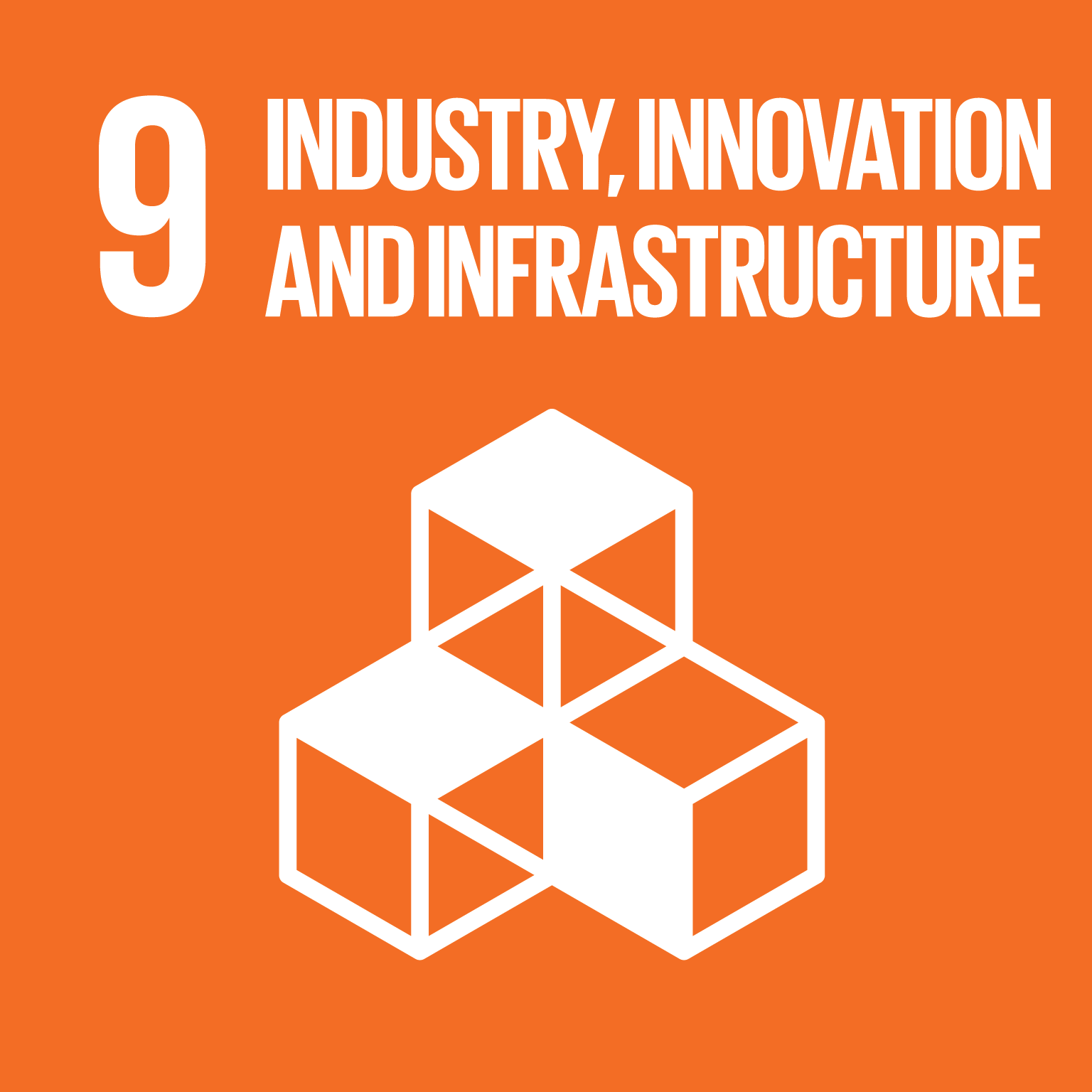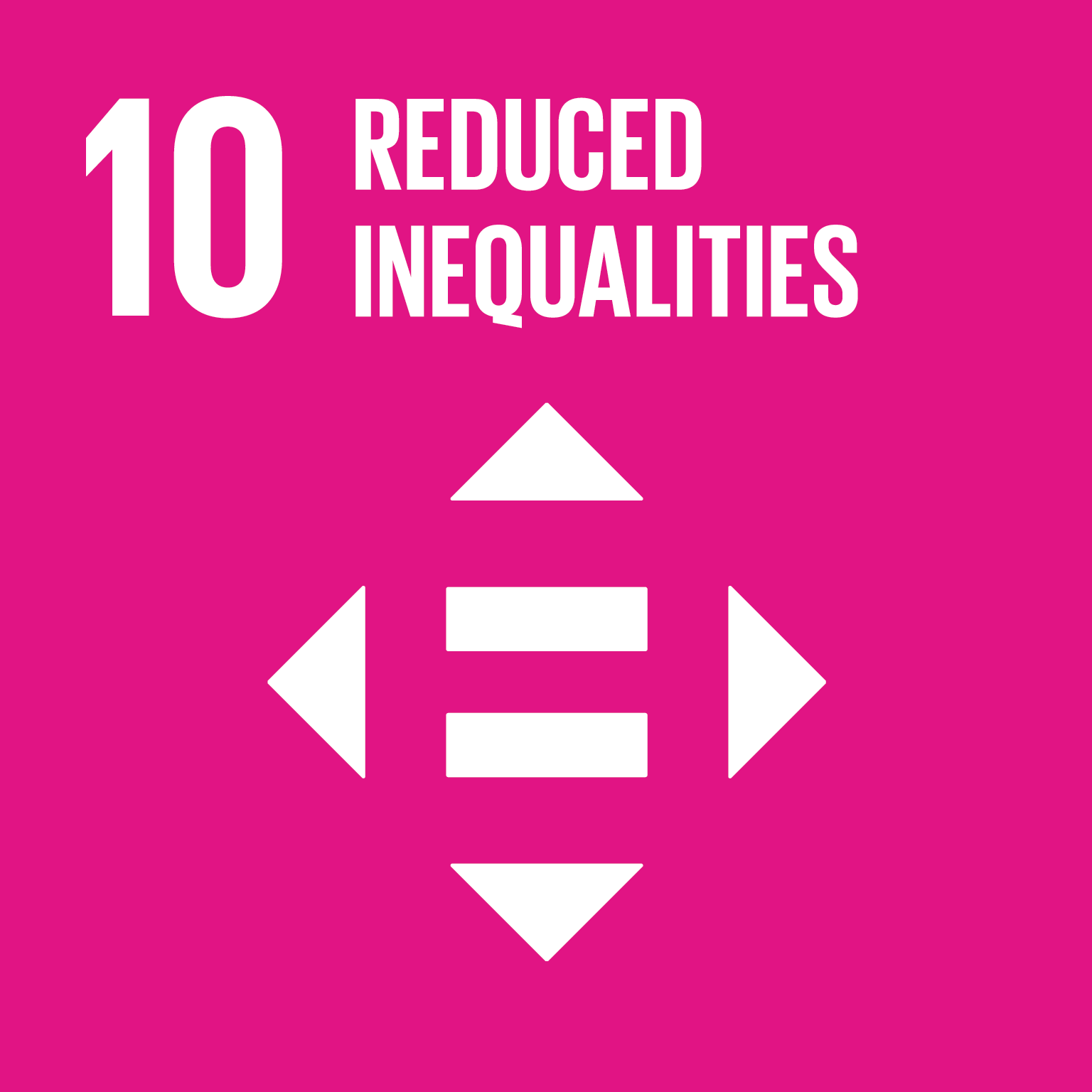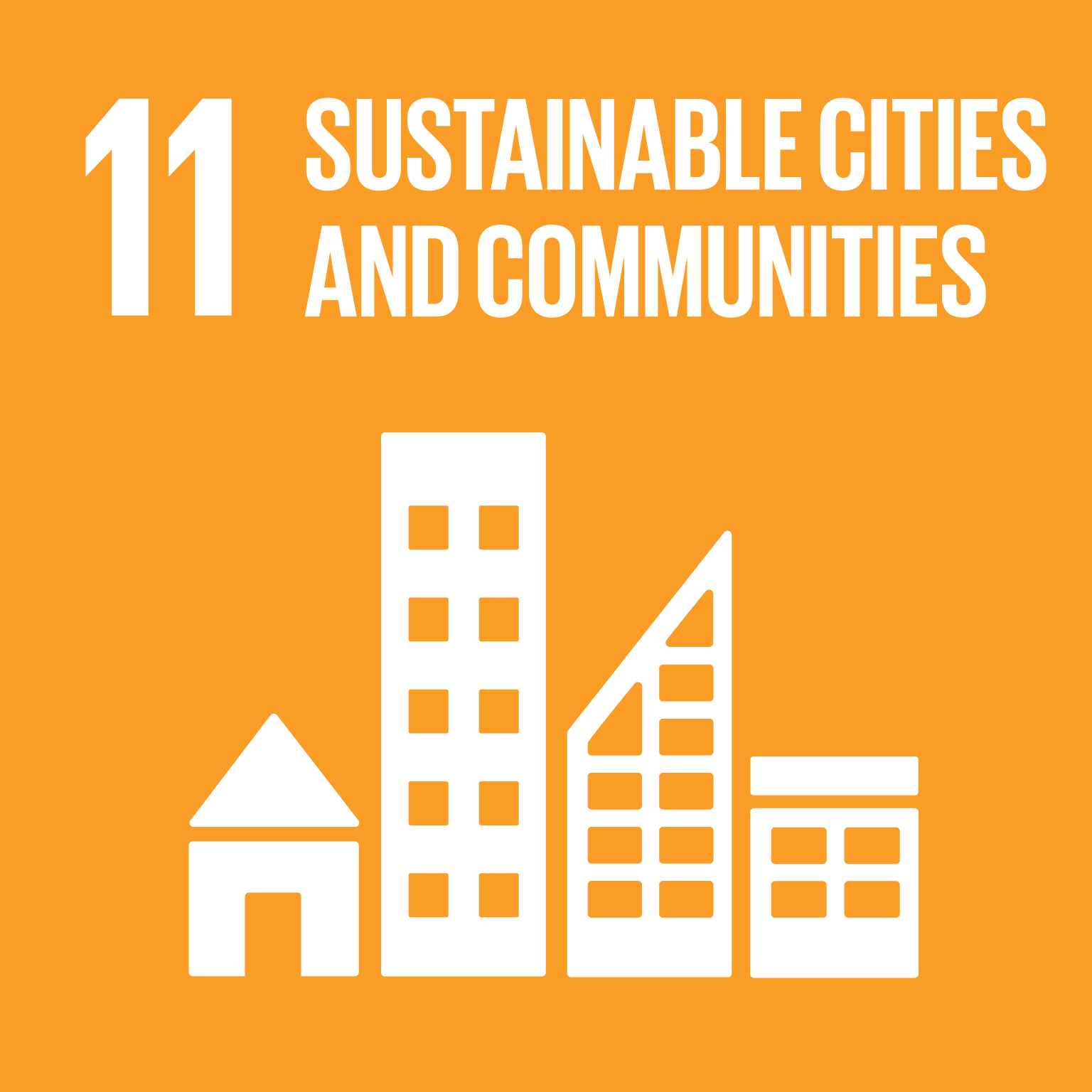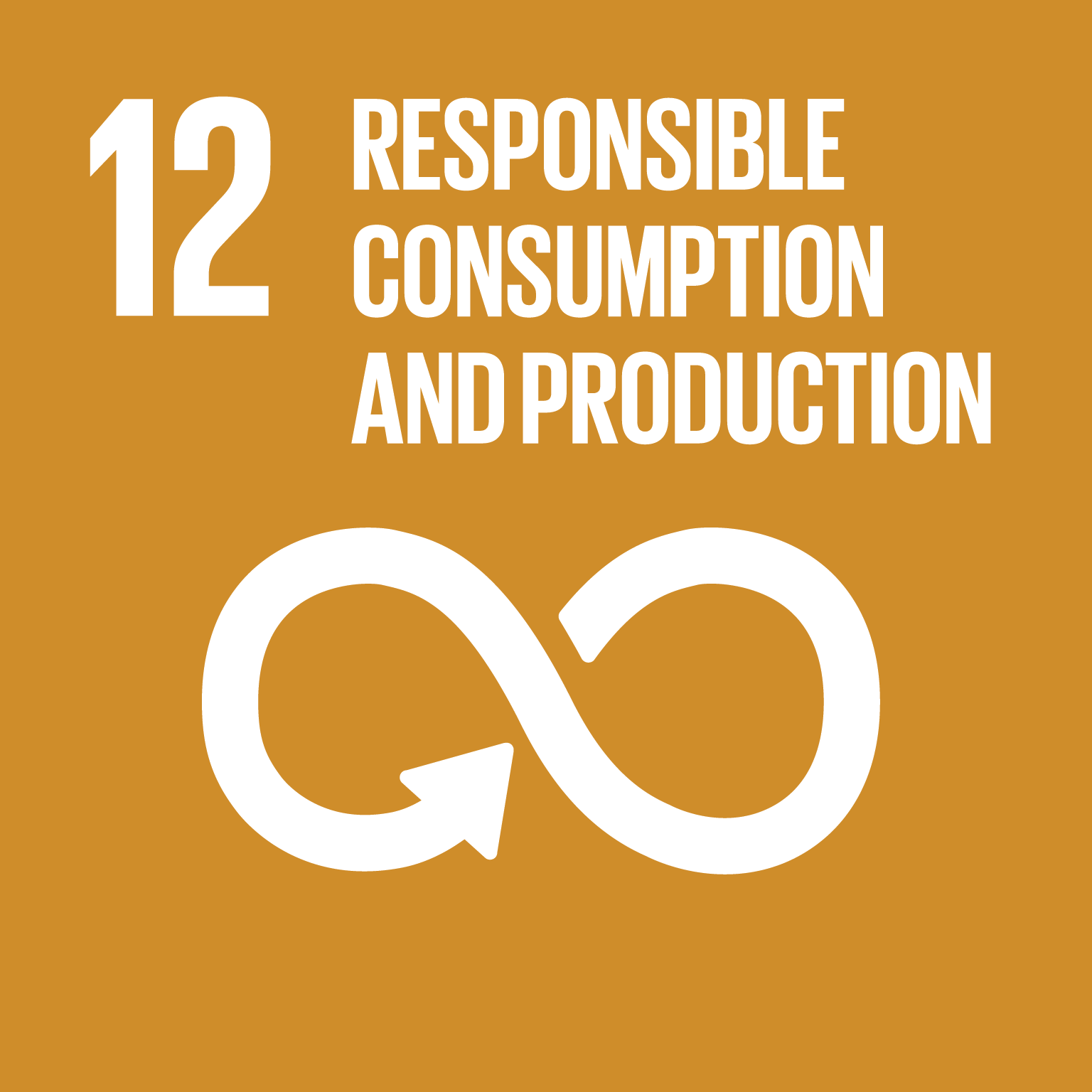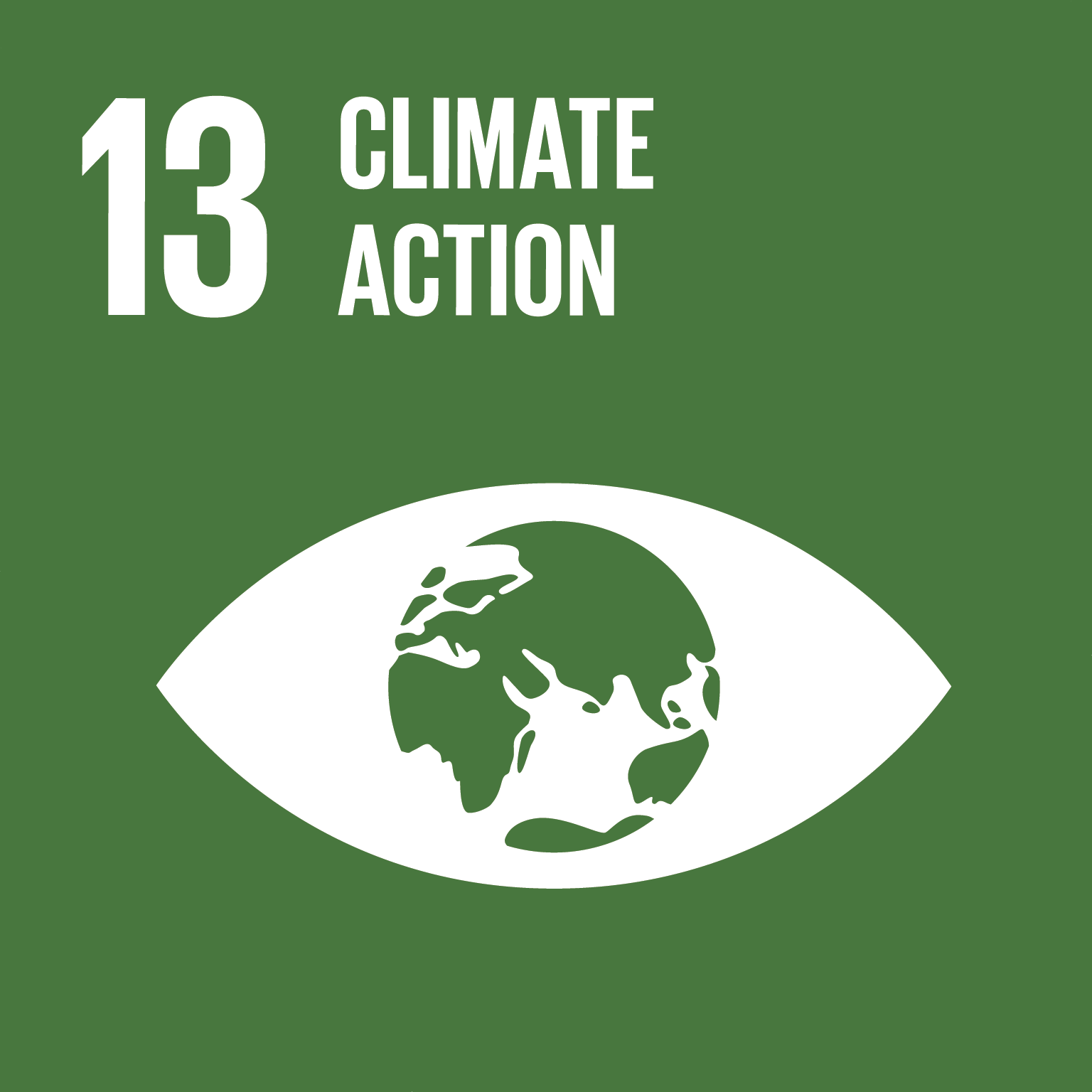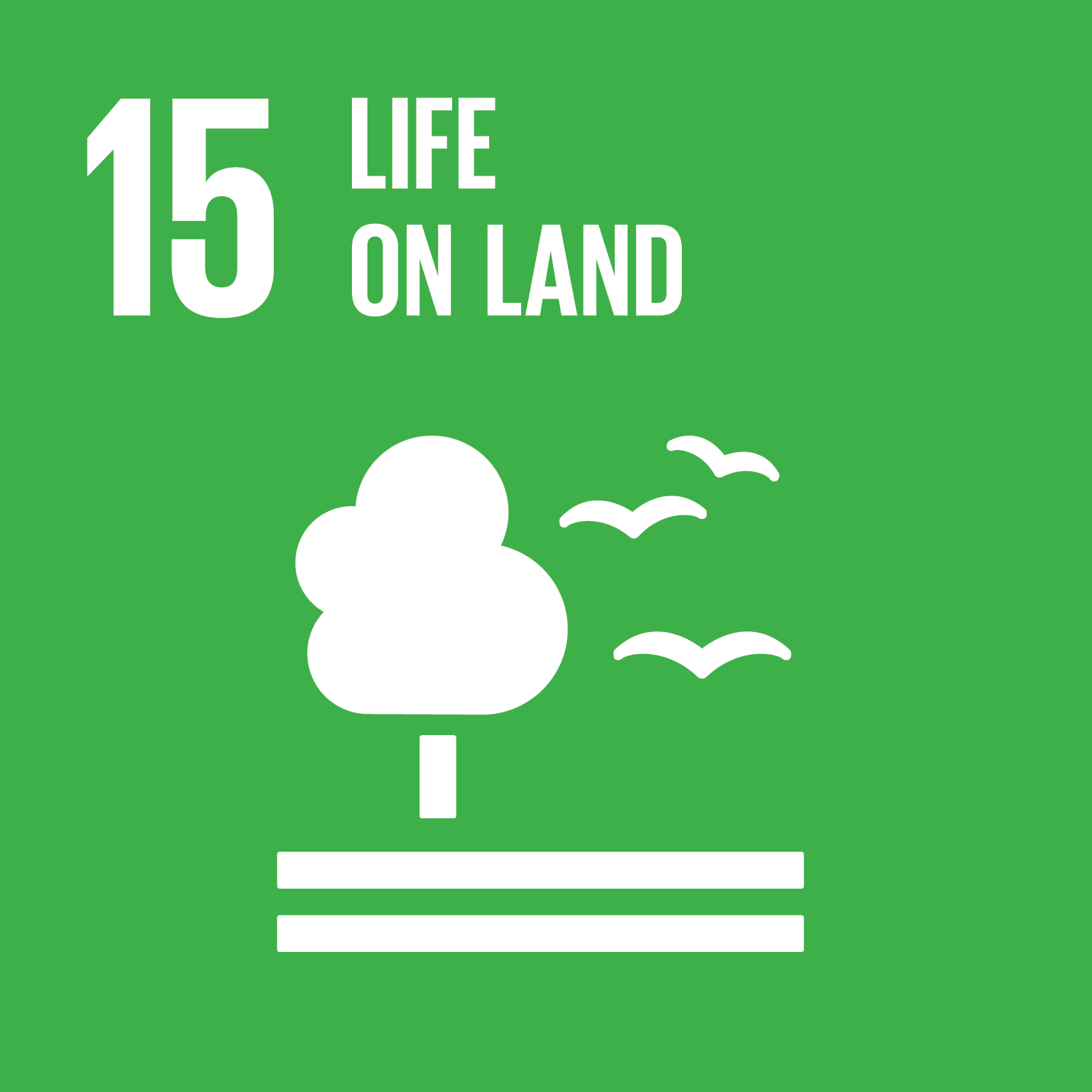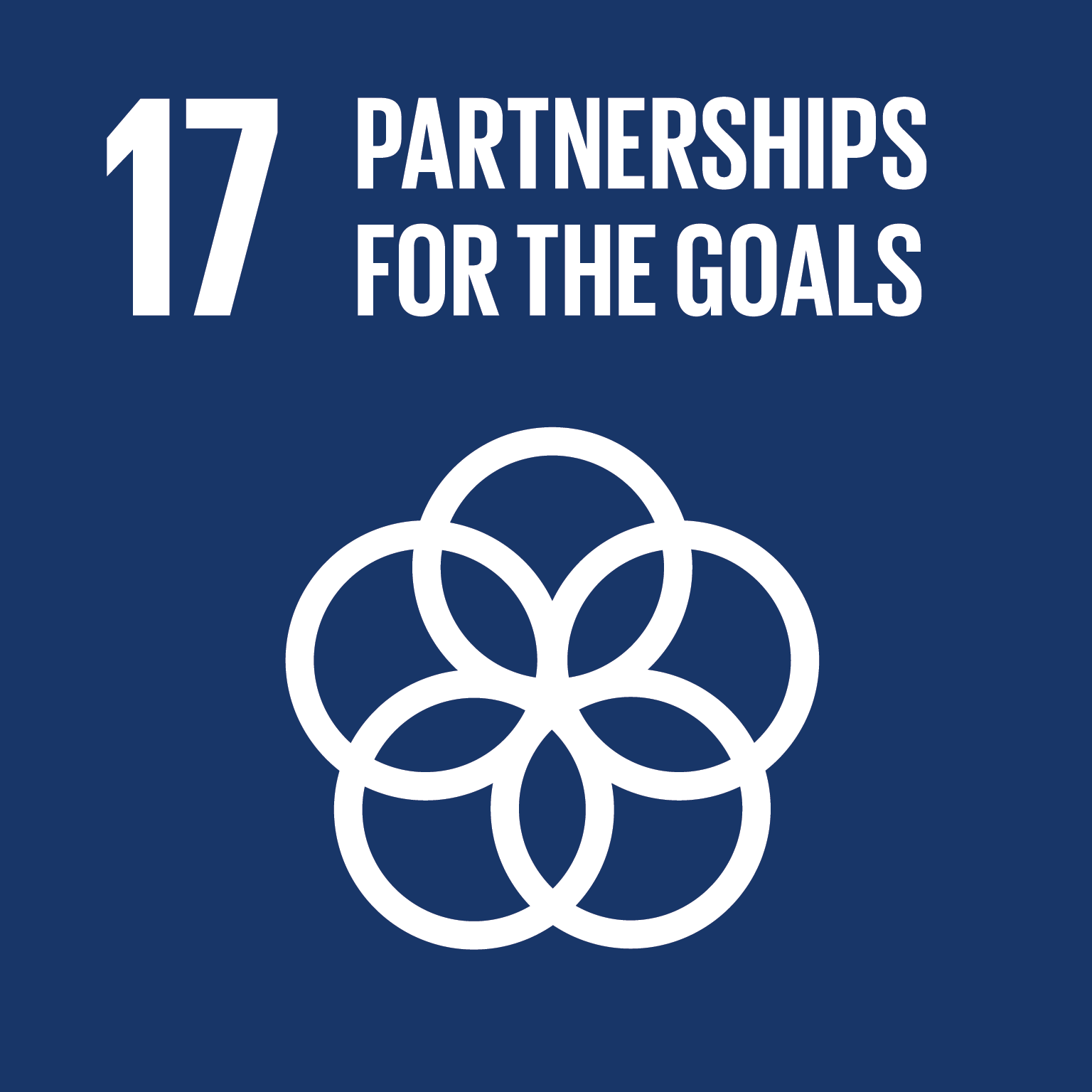Sustainable Development Goals - Overview
G14: Life Below Water
Conserve and sustainably use the oceans, seas and marine resources for sustainable development
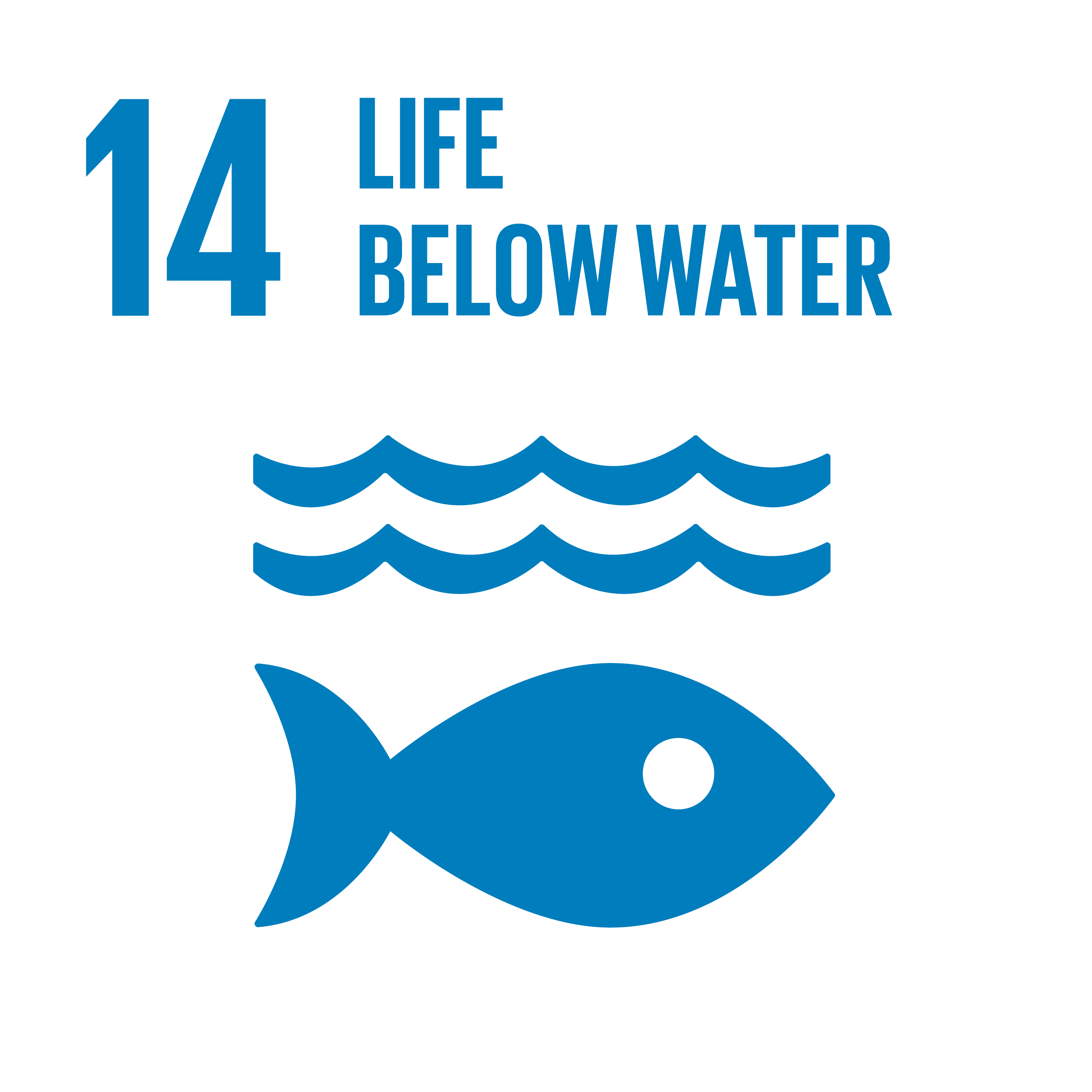
-
Target 14.1: By 2025, prevent and significantly reduce marine pollution of all kinds, in particular from land-based activities, including marine debris and nutrient pollution Social
-
Indicator 14.1.1: Index of coastal eutrophication and floating plastic debris density Social
-
-
Target 14.2: By 2020, sustainably manage and protect marine and coastal ecosystems to avoid significant adverse impacts, including by strengthening their resilience, and take action for their restoration in order to achieve healthy and productive oceans Economic Social
-
Indicator 14.2.1: Proportion of national exclusive economic zones managed using ecosystem-based approaches Social
-
-
Target 14.3: Minimize and address the impacts of ocean acidification, including through enhanced scientific cooperation at all levels Social
-
Indicator 14.3.1: Average marine acidity (pH) measured at agreed suite of representative sampling stations Social
-
-
Target 14.4: By 2020, effectively regulate harvesting and end overfishing, illegal, unreported and unregulated fishing and destructive fishing practices and implement science-based management plans, in order to restore fish stocks in the shortest time feasible, at least to levels that can produce maximum sustainable yield as determined by their biological characteristics Social
-
Indicator 14.4.1: Proportion of fish stocks within biologically sustainable levels Social
-
-
Target 14.5: By 2020, conserve at least 10 per cent of coastal and marine areas, consistent with national and international law and based on the best available scientific information Social
-
Indicator 14.5.1: Coverage of protected areas in relation to marine areas Social
-
-
Target 14.6: By 2020, prohibit certain forms of fisheries subsidies which contribute to overcapacity and overfishing, eliminate subsidies that contribute to illegal, unreported and unregulated fishing and refrain from introducing new such subsidies, recognizing that appropriate and effective special and differential treatment for developing and least developed countries should be an integral part of the World Trade Organization fisheries subsidies negotiation Social
-
Indicator 14.6.1: Progress by countries in the degree of implementation of international instruments aiming to combat illegal, unreported and unregulated fishing Social Governmental
-
-
Target 14.7: By 2030, increase the economic benefits to small island developing States and least developed countries from the sustainable use of marine resources, including through sustainable management of fisheries, aquaculture and tourism International Cooperation
-
Indicator 14.7.1: Sustainable fisheries as a proportion of GDP in small island developing States, least developed countries and all countries Social
-
-
Target 14.a: Increase scientific knowledge, develop research capacity and transfer marine technology, taking into account the Intergovernmental Oceanographic Commission Criteria and Guidelines on the Transfer of Marine Technology, in order to improve ocean health and to enhance the contribution of marine biodiversity to the development of developing countries, in particular small island developing States and least developed countries Social International Cooperation
-
Indicator 14.a.1: Proportion of total research budget allocated to research in the field of marine technology Economic Social
-
-
Target 14.b: Provide access for small-scale artisanal fishers to marine resources and markets
-
Indicator 14.b.1: Progress by countries in the degree of application of a legal/regulatory/policy/institutional framework which recognizes and protects access rights for small-scale fisheries Governmental
-
-
Target 14.c: Enhance the conservation and sustainable use of oceans and their resources by implementing international law as reflected in the United Nations Convention on the Law of the Sea, which provides the legal framework for the conservation and sustainable use of oceans and their resources, as recalled in paragraph 158 of “The future we want” Social International Cooperation
-
Indicator 14.c.1: Number of countries making progress in ratifying, accepting and implementing through legal, policy and institutional frameworks, ocean-related instruments that implement international law, as reflected in the United Nation Convention on the Law of the Sea, for the conservation and sustainable use of the oceans and their resources Social Governmental
-
Goals
-
Goal 1.5: Increase investments in blue economy.
Strong Aspiration 1. Moonshot 1: Ev
Targets
- No alignments!
Indicators
-
Indicator 16: Blue economy gross value added as a proportion of GDP.
Weak
Goals
-
Goal 5: Addressing climate change, environmental degradation, recovery from the COVID-19 pandemic and building resilience against future shocks for risk-informed sustainable development.
Strong Building susta Climate adapta Access to fina
Targets
- No alignments!
Indicators
- No alignments!
Goals
- No alignments!
Targets
- No alignments!
Indicators
- No alignments!

